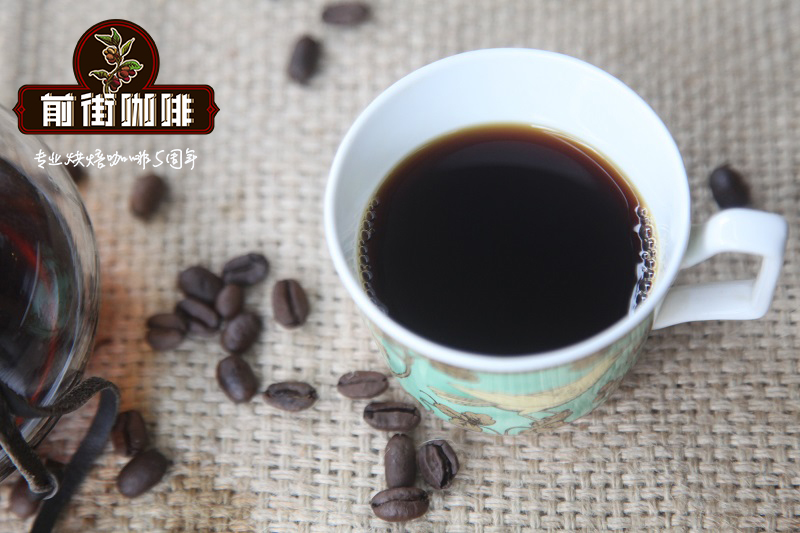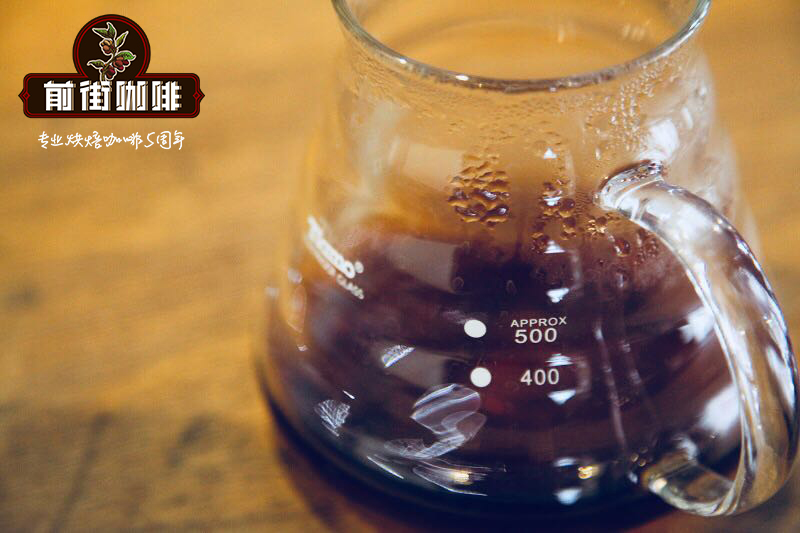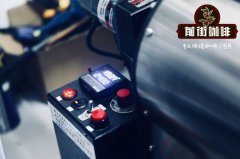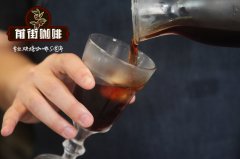What do you mean, boutique coffee? what are the standards? What are the aspects of good boutique coffee?

Nowadays, many cafes have come up with the concept of freshly ground fine coffee. Compared with the coffee brewed with coffee powder, the freshly ground boutique coffee is indeed more fragrant and mellow. But is hand-made coffee a real boutique coffee? Not exactly! It is true that the taste and aroma of coffee are important factors in considering fine coffee, but in addition, there are many other conditions that fine coffee should meet, which can not be judged by a mouthful of coffee. The so-called boutique coffee not only refers to the quality of coffee itself, but also includes the healthy and sustainable development of the whole industry chain. Good raw beans + good roasting + good extraction of the so-called boutique coffee is actually relative to ordinary coffee. The concept of boutique coffee was first put forward by Ms. Knudsen of the United States in the Coffee and Tea monthly magazine. At that time, Ms. Knudsen was a buyer for a coffee company in San Francisco. in those days, the coffee industry had very loose control over the quality of raw coffee beans, and many coffee merchants mixed large amounts of robusta beans into mixed beans to make more profits. as a result, the quality of coffee is generally low. To this end, Ms. Knudsen put forward the concept of boutique coffee, which aims to improve the quality of coffee in the whole industry. Knudsen believes that the soil and water of different producing areas of caffeine will show a unique "regional flavor", that is, due to different soil, variety, climate, soil and water, resulting in different coffee flavor, this is the soul of fine coffee. If there is no unique regional flavor, it can only be regarded as ordinary coffee. If boutique coffee must be defined, then the definition of boutique coffee by the American Fine Coffee Association (SCAA, which has been merged with the European Fine Coffee Association SCAE into SCA) is more pertinent: carefully select the most suitable variety and grow it in the altitude, climate, and soil and water environment that is most conducive to the development of coffee flavor. Careful washing and sun processing, select the most advanced raw beans without defects, and deliver them to customers with zero defects in the transportation process. After the superb craftsmanship of the roaster, it leads to the richest regional flavor, and then brews delicious coffee in a recognized way of extraction. In short, boutique coffee should be "good raw beans + good roasting + good extraction" of high-quality coffee. This can also be summarized by the "4321" theory.

The win-win way of sustainable development is actually a little different between boutique coffee and ordinary coffee, which many people do not understand. Looking back at history, we will find that in the past, the coffee industry mainly made high profits by exploiting farmers, and then mixed with inferior coffee (also a pursuit of profit) to meet the taste requirements. Boutique coffee advocates that participants in the coffee industry chain can get legitimate benefits rather than exploitation. This business idea enables the coffee industry to develop healthily and promote every link to find ways to continuously improve its quality. On the contrary, this approach allows participants in all links to get greater benefits, and it is also a way of sustainable development. At present, there is no clear judgment standard of fine coffee in the world. We can refer to the standard of American Fine Coffee Association and the evaluation standard of producing country. The details are as follows:

The Standard of American Fine Coffee Association 1. It has rich dry aroma. Dry aroma refers to the aroma of roasted or ground coffee. two。 It has rich wet aroma. Wet aroma refers to the aroma of coffee extract. 3. Rich in acidity. Because of the rich sour taste and sugar combination, it can increase the sweet taste of the coffee liquid. 4. It has rich alcohol thickness. Alcohol thickness refers to the concentration and thickness of coffee liquid. 5. It has a rich aftertaste. Yu Yun is the evaluation of the flavor after drinking or spitting. 6. It has a rich taste. Taste is the aroma and taste of coffee liquid felt in the mouth and palate. 7. The taste is balanced. Refers to the balance and combination of the various flavors of coffee. Evaluation standard of producing country 1. Variety. The inherent variety of Arabica Tibica or bourbon is the best. two。 Whether the altitude, topography, climate and soil of the planting land or farm are clear. Generally speaking, the quality of coffee at high altitude is higher, and the soil is better with fertile volcanic soil. 3. The harvesting and refining methods used. Generally speaking, it is better to adopt manual harvesting method and water washing refining method. 4. It has been identified by the coffee quality appraiser (Q-Grader), and the cup test score is above 80 points.
Important Notice :
前街咖啡 FrontStreet Coffee has moved to new addredd:
FrontStreet Coffee Address: 315,Donghua East Road,GuangZhou
Tel:020 38364473
- Prev

The roasting process of coffee is explained in detail. How does the roasting stage affect the flavor of coffee?
Roasting is one of the most attractive parts of the coffee industry. Raw coffee beans are almost tasteless and have an unpleasant vegetable taste, but roasted raw beans are transformed into incredibly fragrant, complex and varied ripe beans. That is, we usually come into contact with coffee bean bags purchased or delicious coffee tasted in a coffee shop.
- Next

How do you make cold coffee? What are the benefits of cold coffee? What kind of beans are suitable for cold extraction?
There are many ways to drink iced coffee. From the more complicated ice droplets, the most instant iced coffee by hand, and the cold bubble method, which is easy to make and becomes the mainstream. Cold bubble method has many names, Cold Brew (cold extracted coffee English), cold brewed coffee, cold extracted coffee, cold extracted coffee, etc., all refer to the same method of making iced coffee. In this article, you can understand
Related
- Beginners will see the "Coffee pull flower" guide!
- What is the difference between ice blog purified milk and ordinary milk coffee?
- Why is the Philippines the largest producer of crops in Liberia?
- For coffee extraction, should the fine powder be retained?
- How does extracted espresso fill pressed powder? How much strength does it take to press the powder?
- How to make jasmine cold extract coffee? Is the jasmine + latte good?
- Will this little toy really make the coffee taste better? How does Lily Drip affect coffee extraction?
- Will the action of slapping the filter cup also affect coffee extraction?
- What's the difference between powder-to-water ratio and powder-to-liquid ratio?
- What is the Ethiopian local species? What does it have to do with Heirloom native species?

